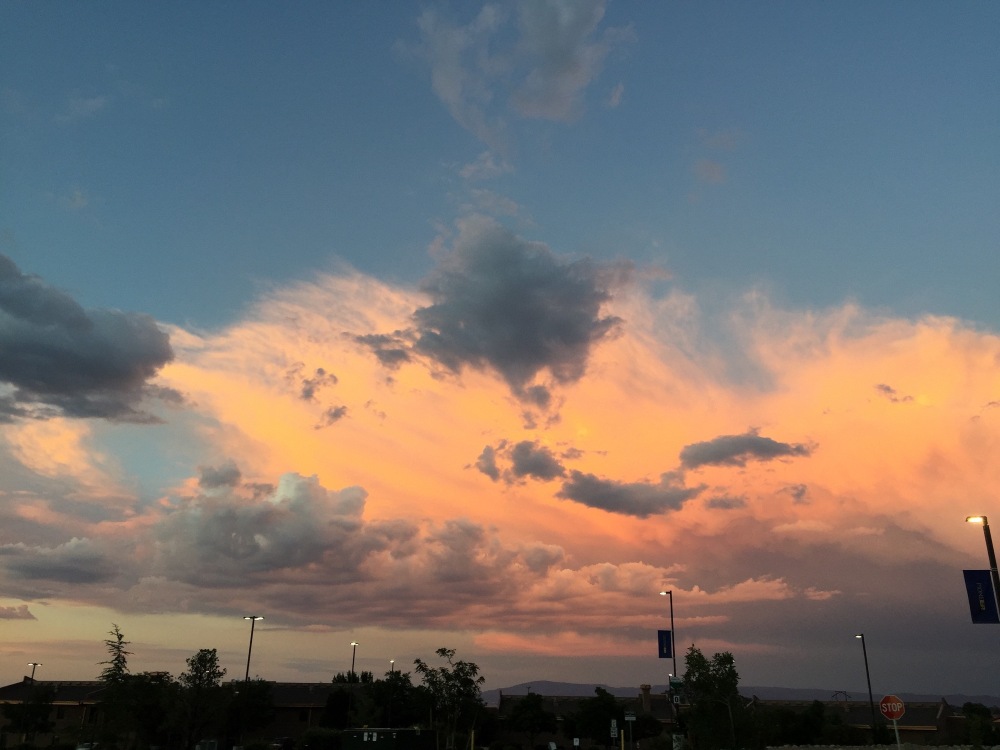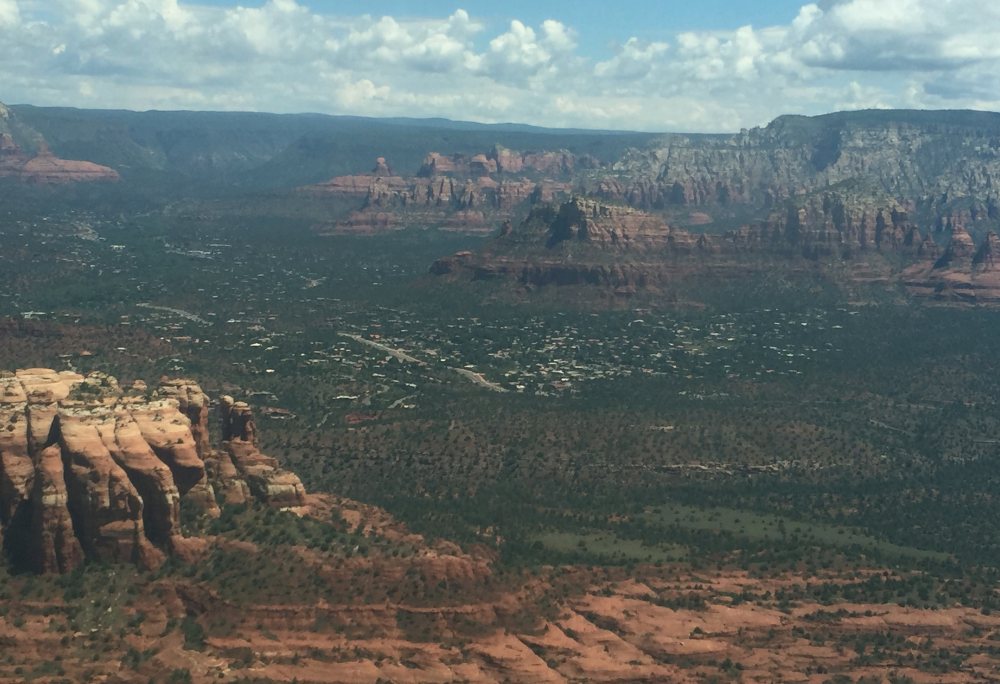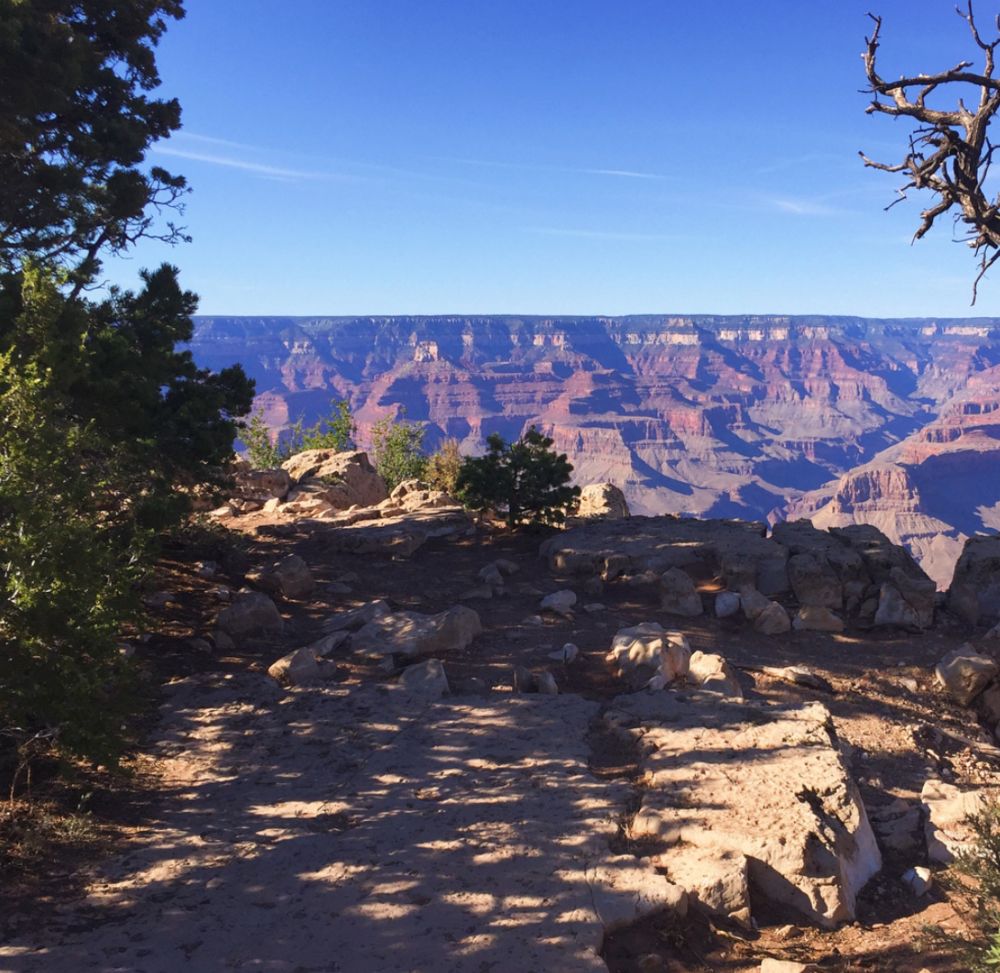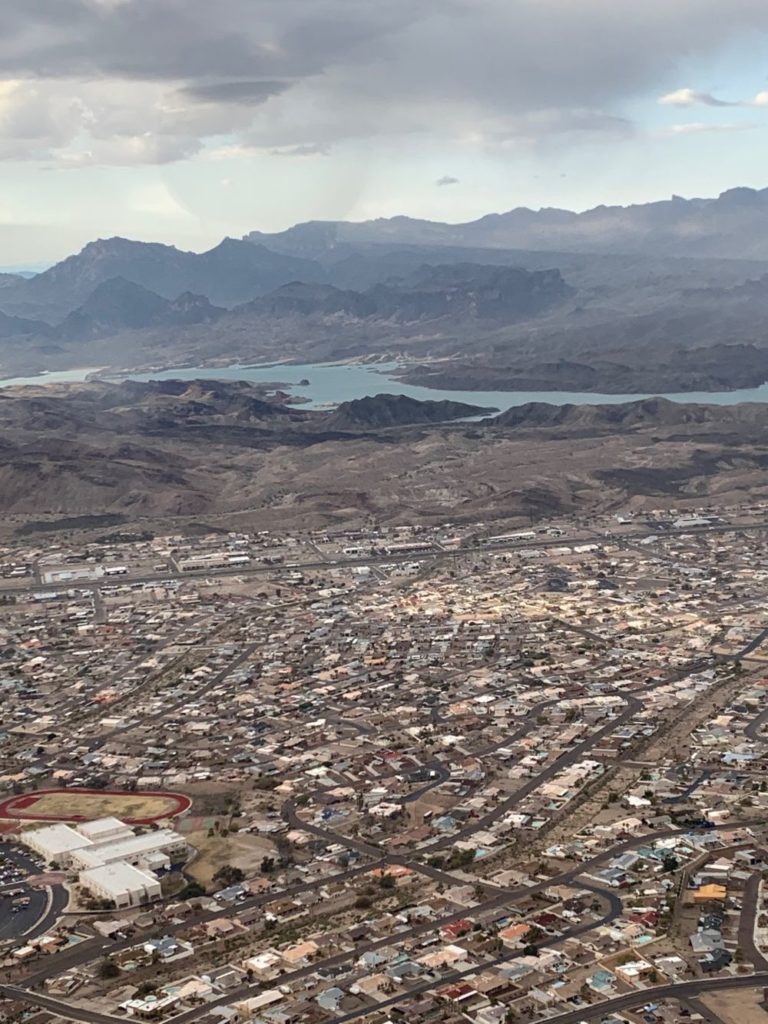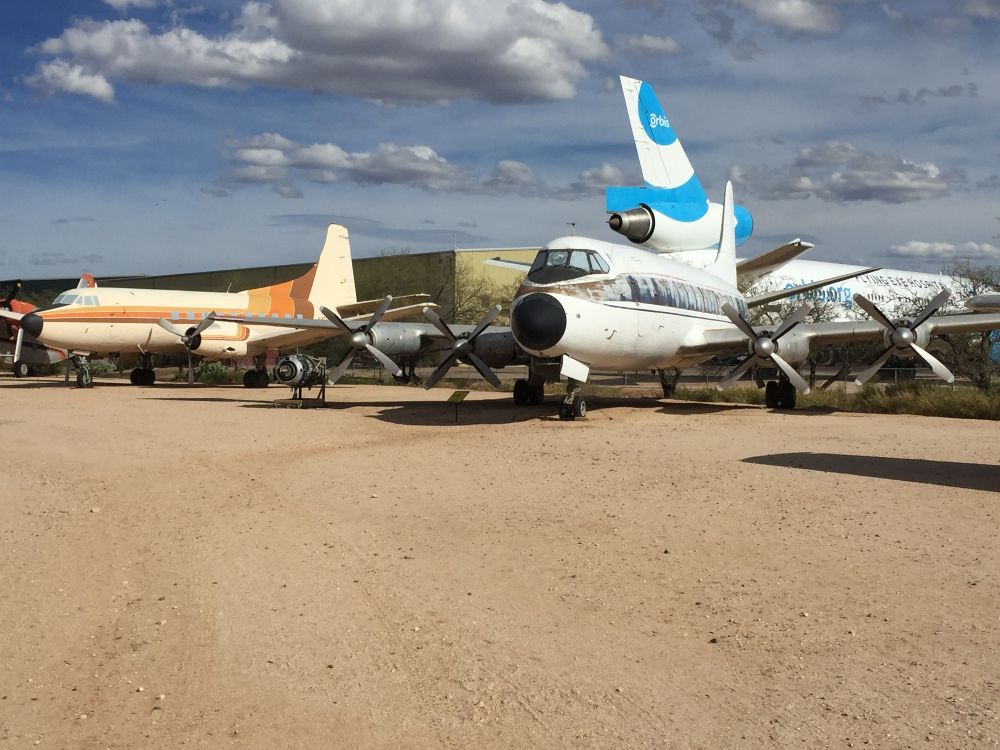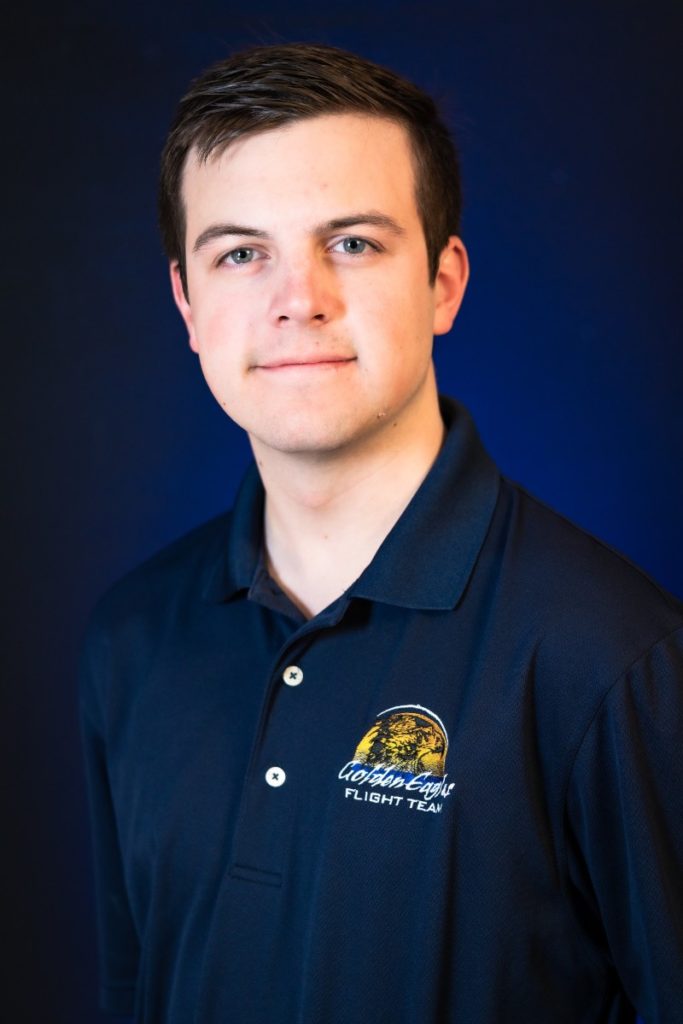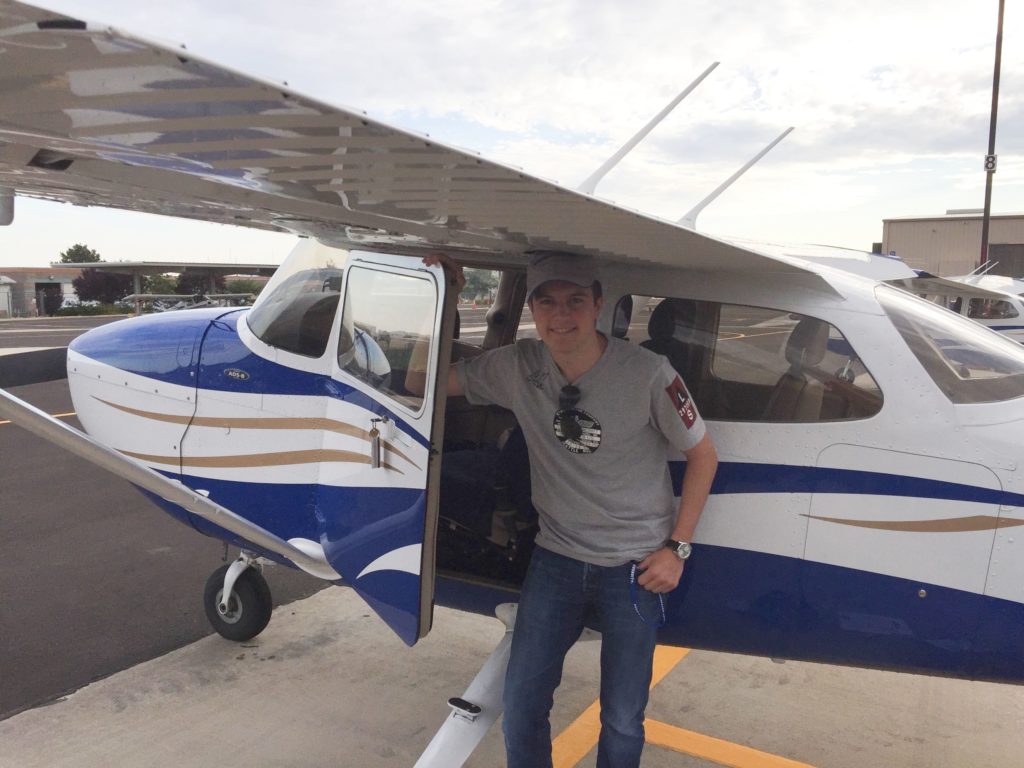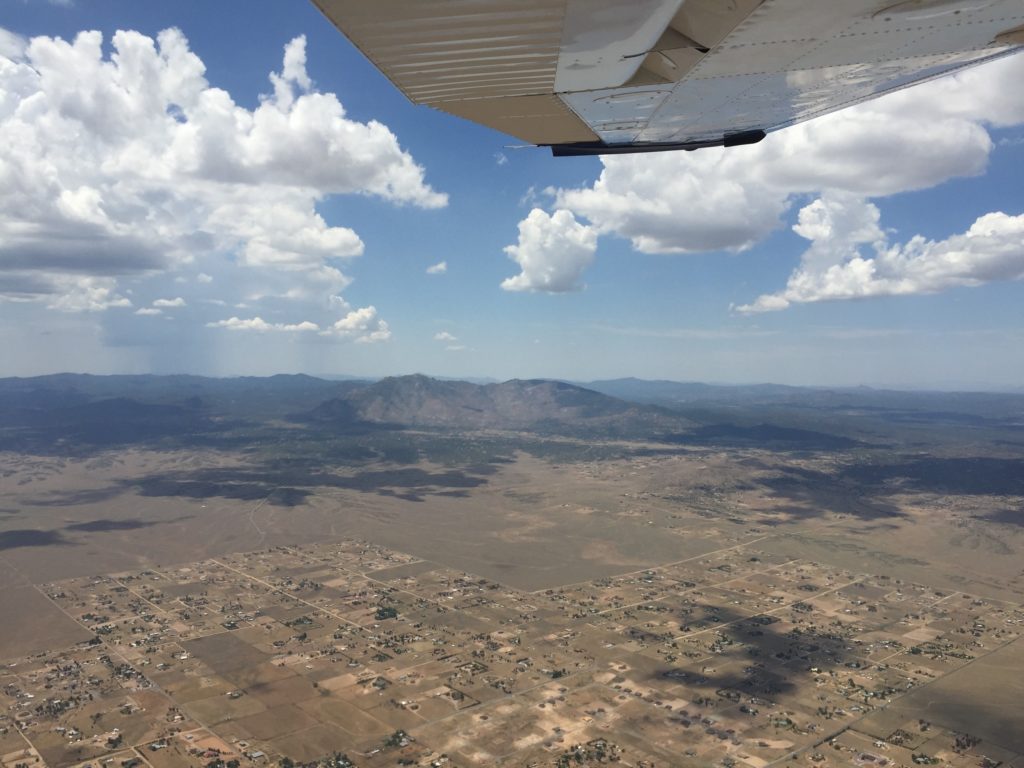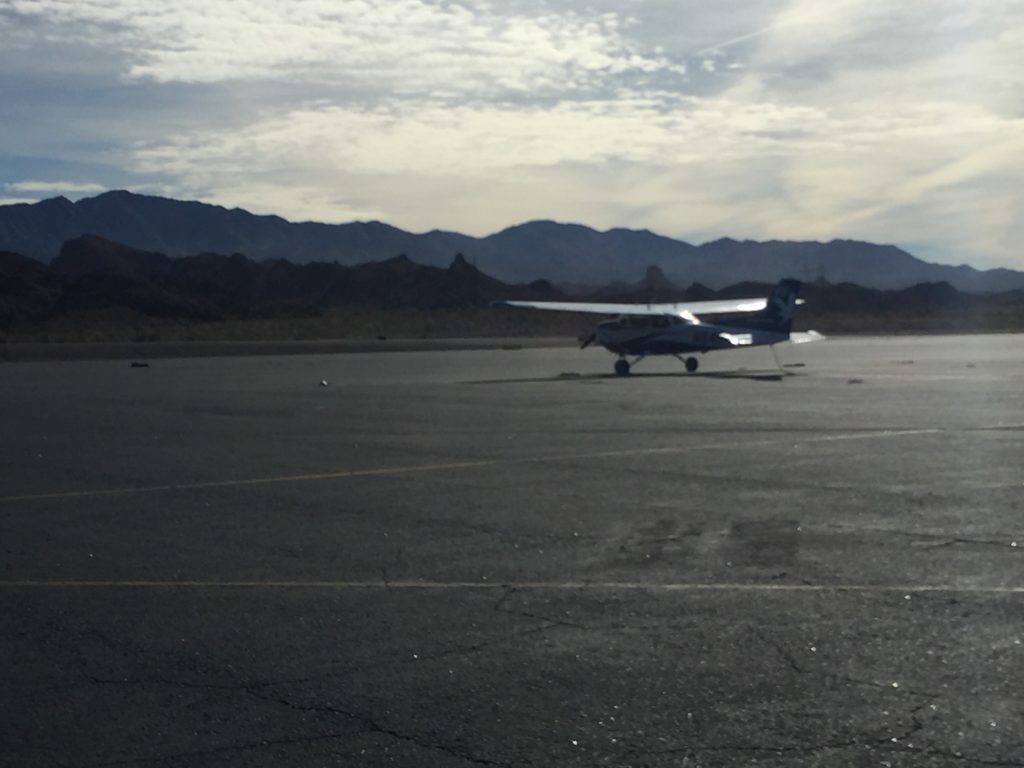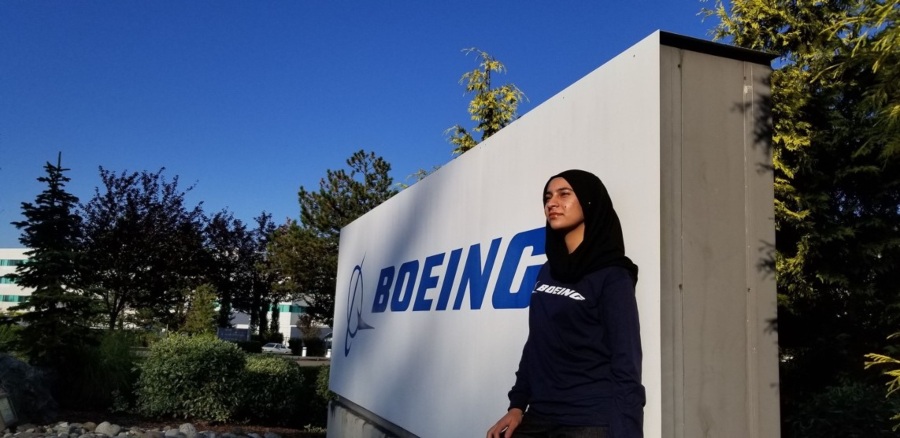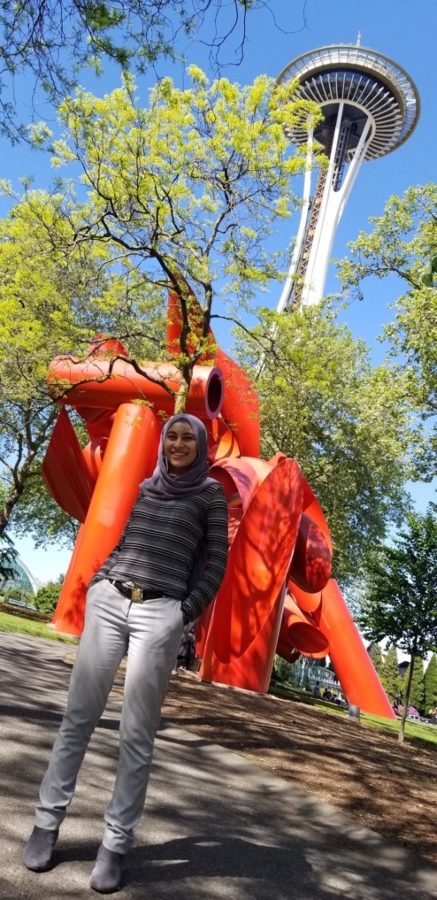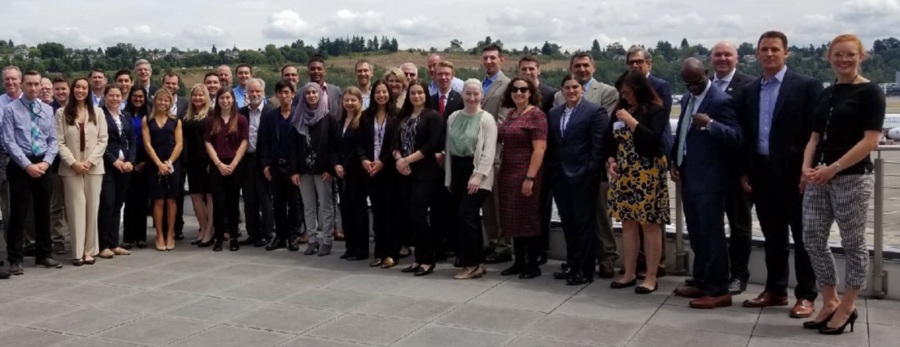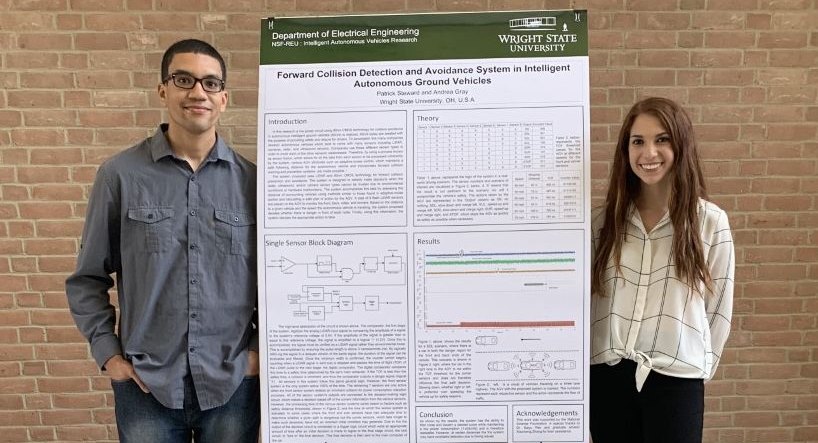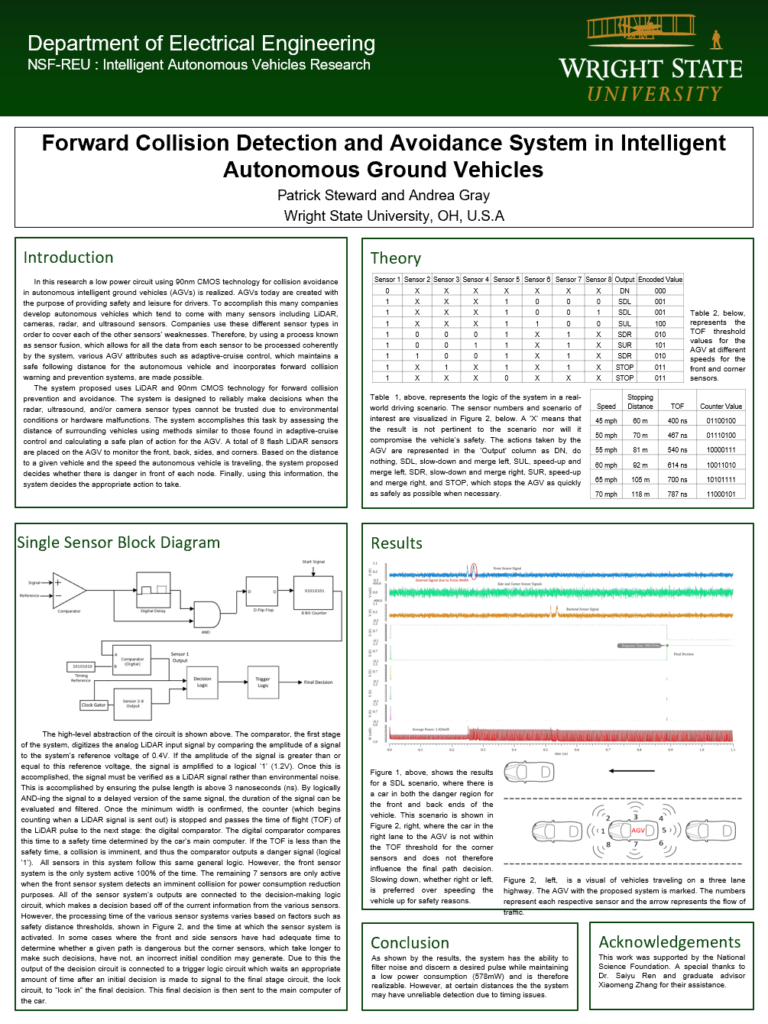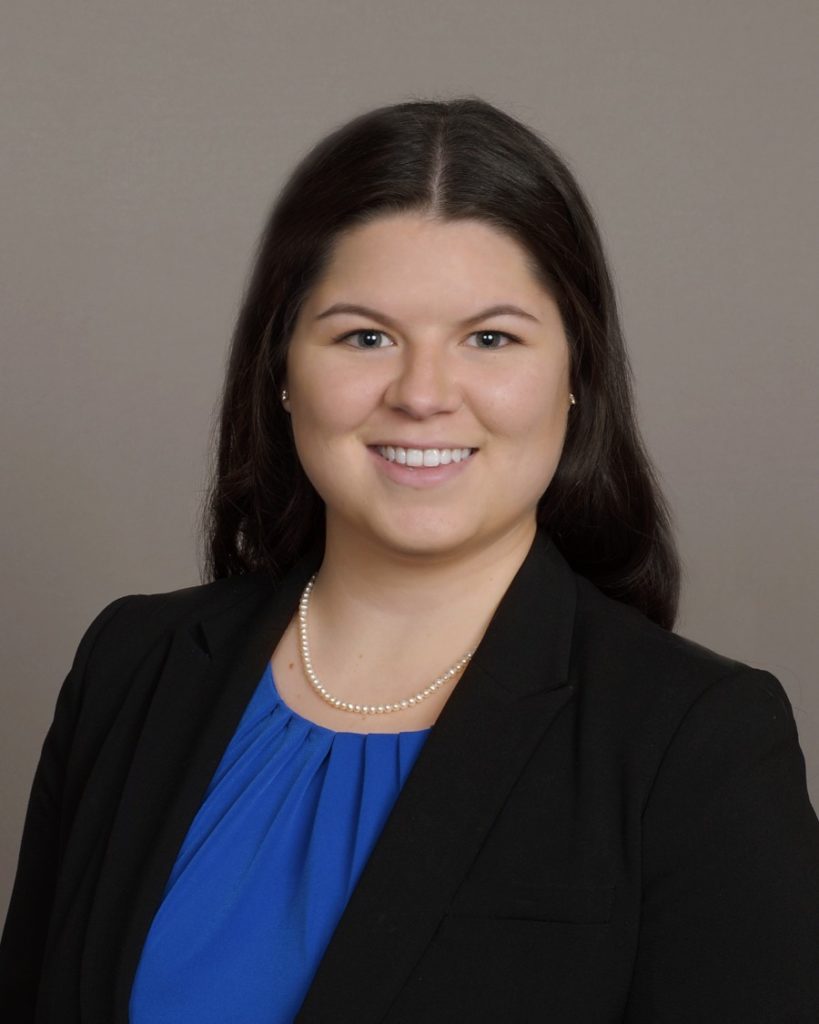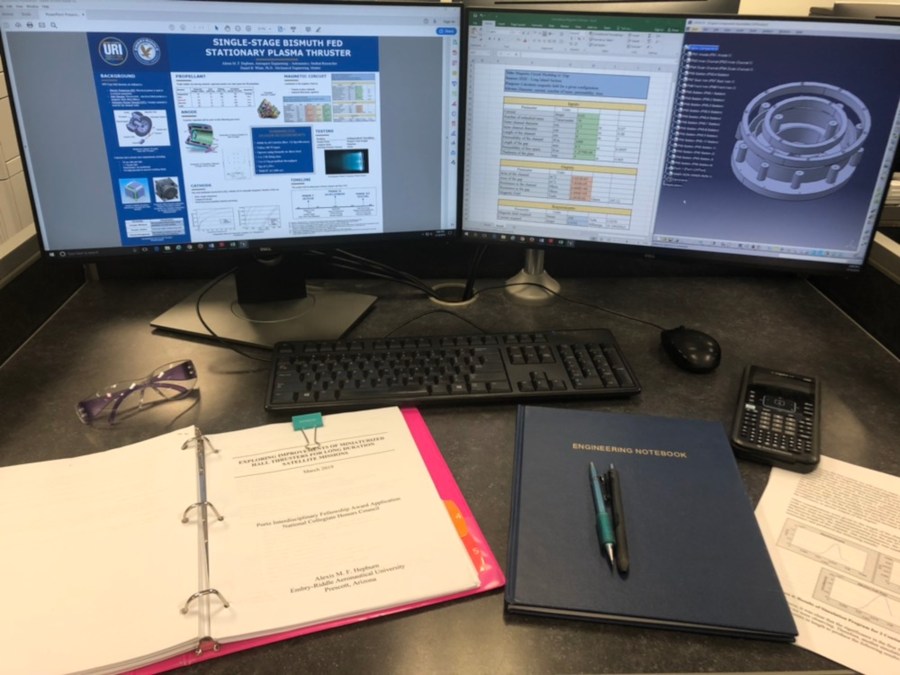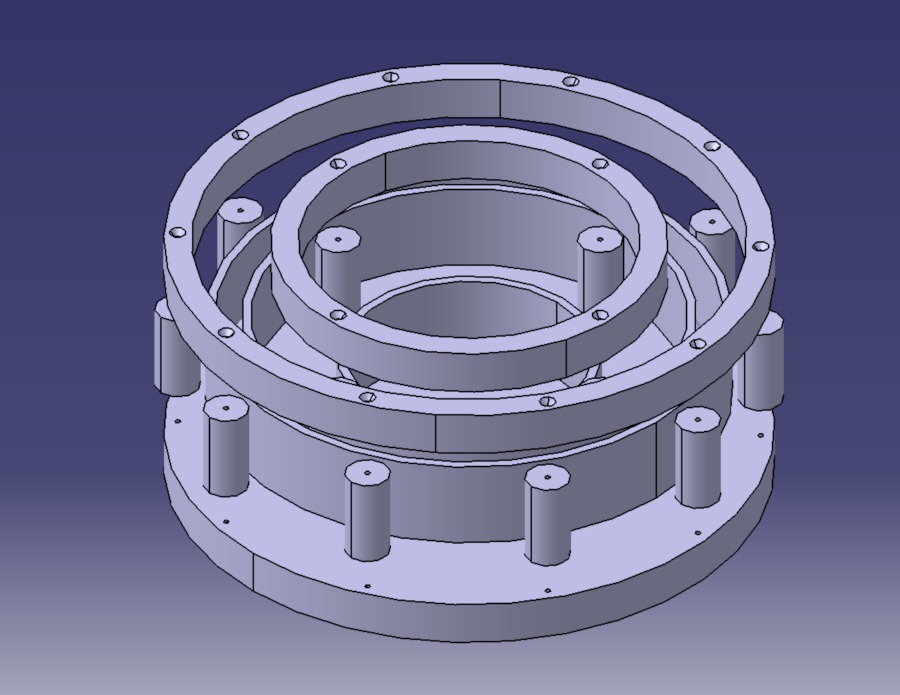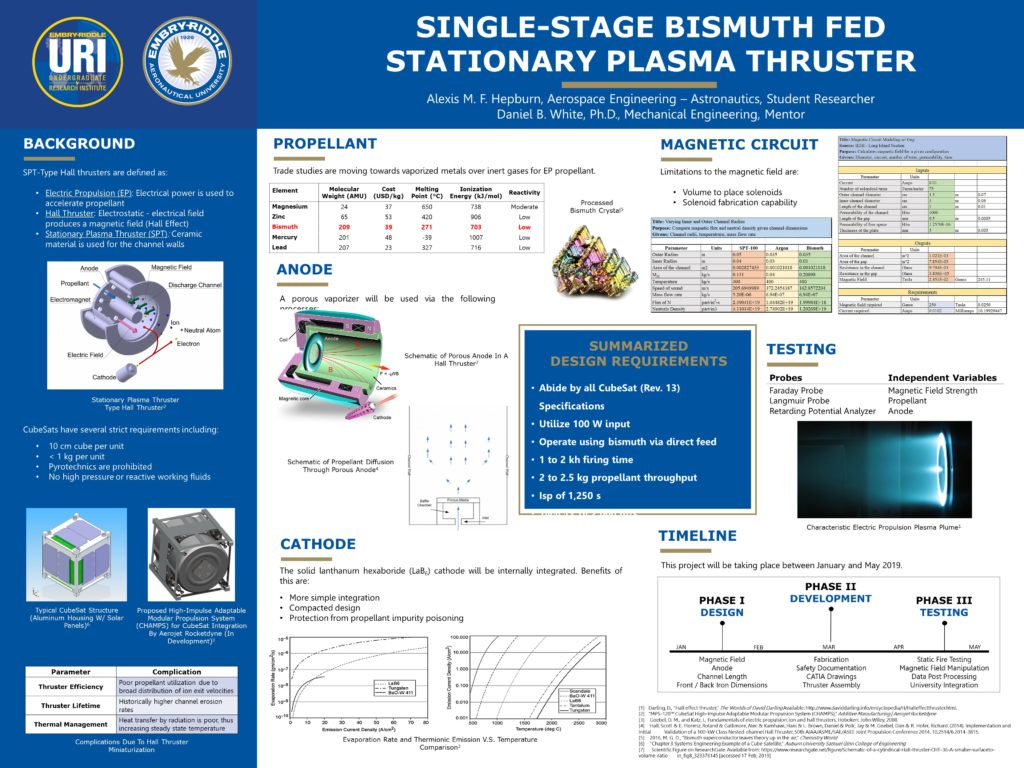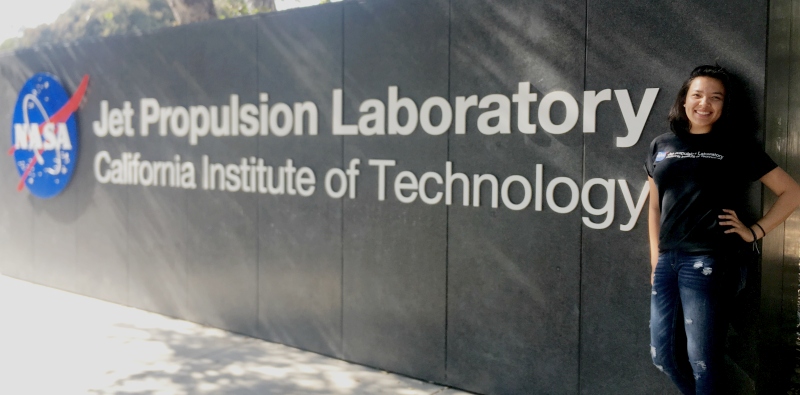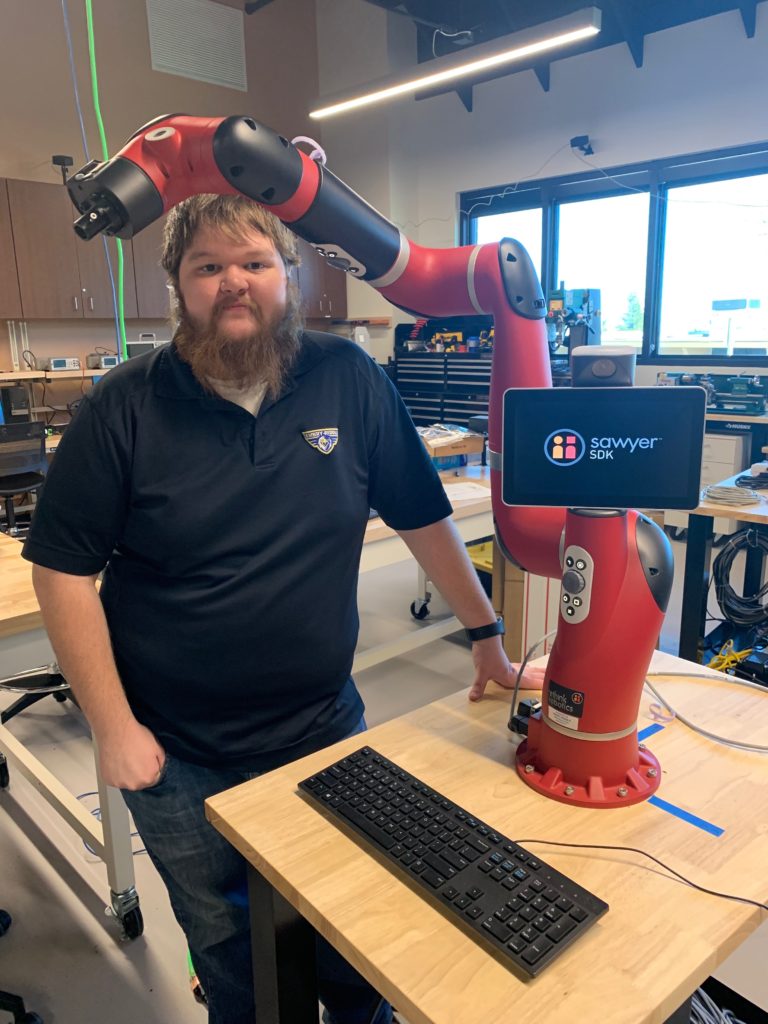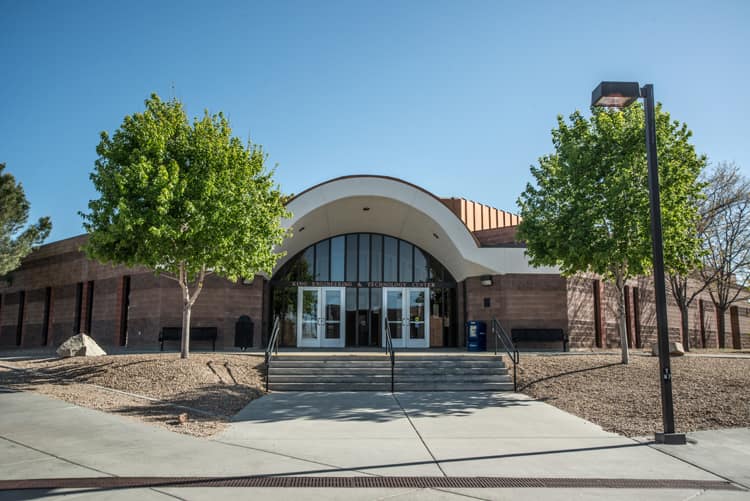by Richard Santi
The Embry-Riddle Prescott Campus is covered with absolutely beautiful scenery. What’s even better is the fact that we get over 300 days of beautiful weather in Prescott. On any given day, students love to sit outside and socialize, do homework, or merely sit and enjoy the outdoors. There are a number of awesome spots on campus that provide nice outdoor spots to sit and enjoy the day. Here are some of my favorites:
The Quad
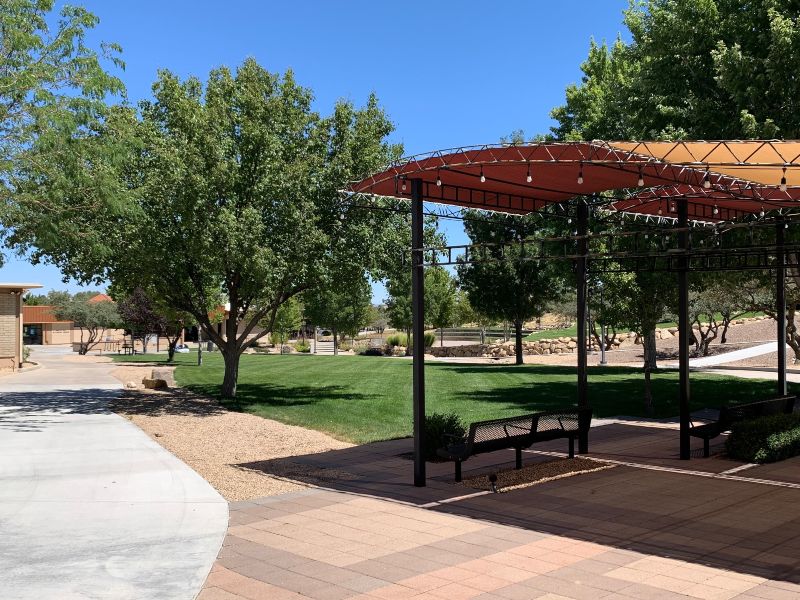
One of the awesome parts about going to school here is that we have Wi-Fi coverage on pretty much the whole campus. If you want to do work on the grass or by the benches that are perfectly sun protected with awnings, you absolutely can! Though most people like to use the quad to throw the frisbee around or host some other recreational event when the weather is nice (which is pretty much all the time).
Center of Campus
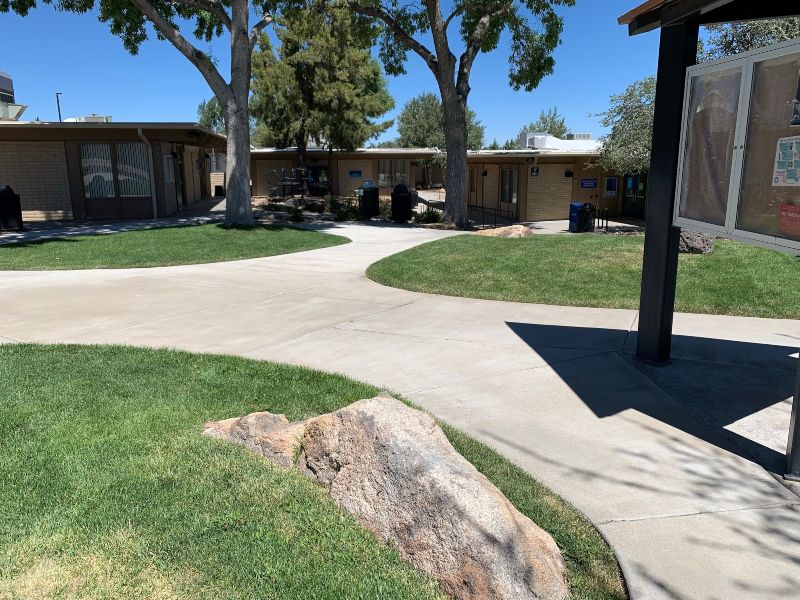
We have a beautiful green space right in the center of a number of classrooms. A lot of students will hang out and socialize here until the next class starts. The large trees nearby make for great shade! There are a number of campus services located nearby, including the Cashier’s Office, Mailroom, Campus Safety, and our barbershop on campus known as the Hairport!
The Patio
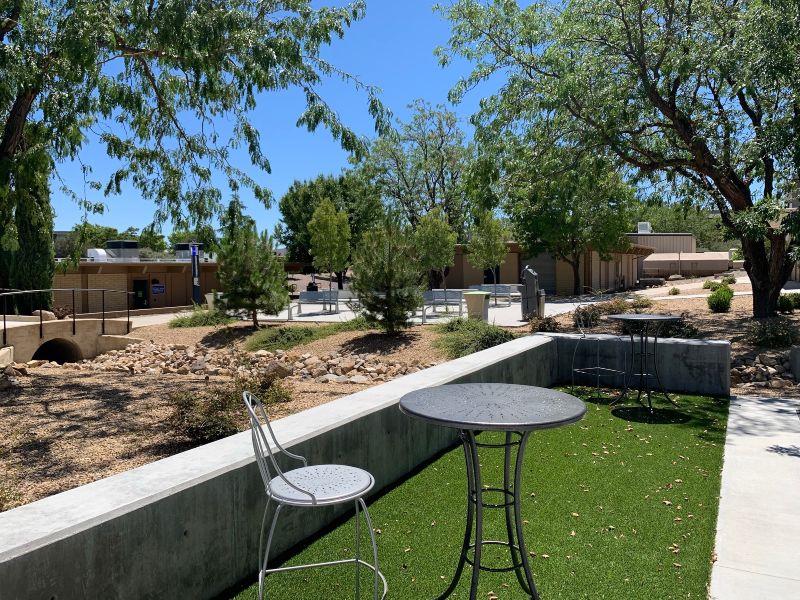
Right outside of our STEM Education Center, we have a beautiful new patio that is great for hanging out with friends and waiting for the next class to start. It is covered with beautiful trees and has nice new benches that face each other so that you and your friends can interact!
Outside of AXFAB
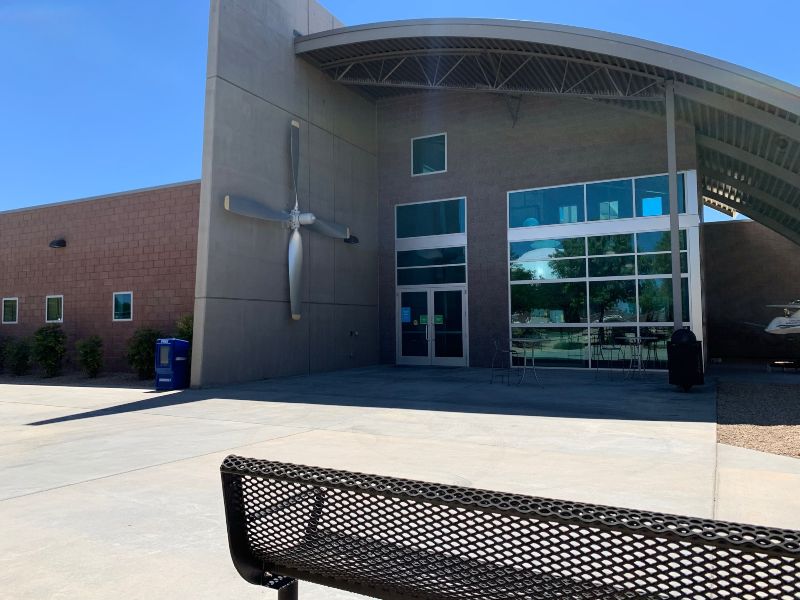
Our Aerospace Experimentation and Fabrication Building is used by our Aerospace Engineers to complete their capstone projects. On the outside of the building, we have a large propeller which comes from a Boeing KC-97 Stratofreighter. It was one of four propellers mounted at the same height it would be on the actual aircraft. It makes a pretty stunning sight to sit at one of the benches outside looking right up to it.
Patio Outside Student Union
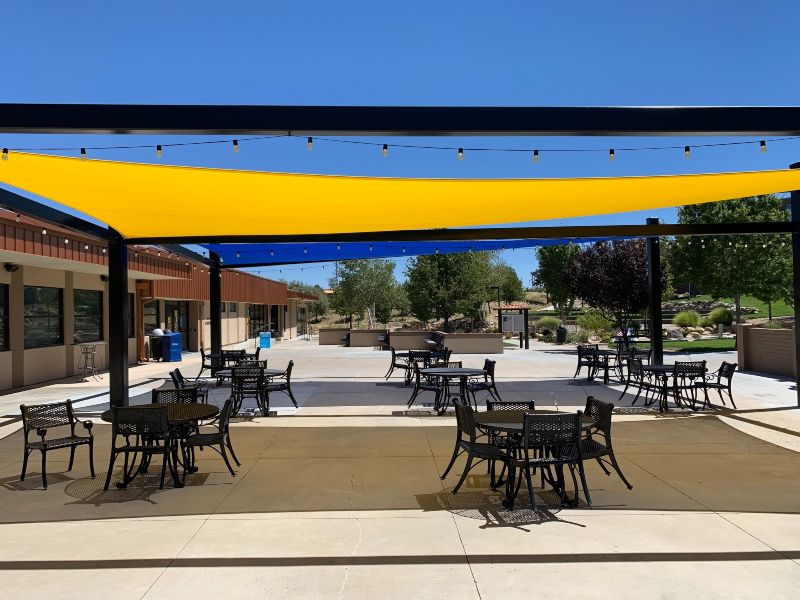
Underneath the Embry-Riddle colored awnings outside of the Jack R. Hunt Student Union, we have an awesome patio area that is used by a lot of different student groups and organizations to host events. It is also a great place to eat lunch after going to our World of Wings Cafe or our Rocket Deli & Salads, both located right inside of our Student Union!



